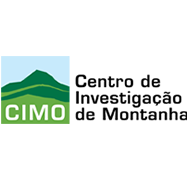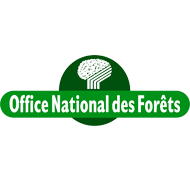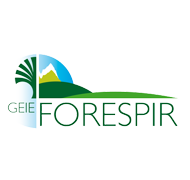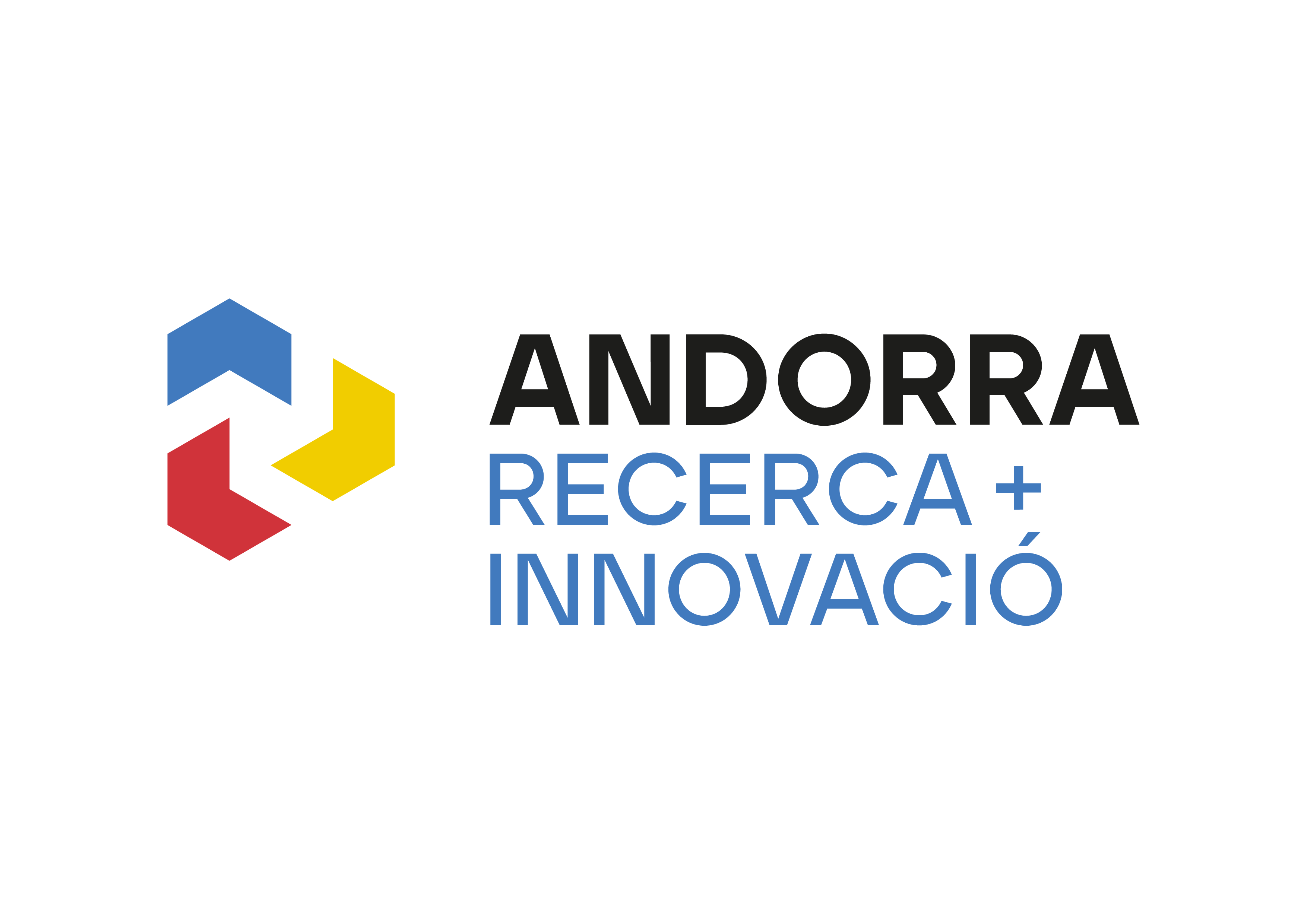Solutions to reduce risk in mountain landscapes
Financing:
The European Union’s Horizon 2020 research and innovation programme under grant agreement No. 776681
Other information:
PHUSICOS will demonstrate that the benefits of nature-based and nature-inspired solutions (NBS) are inclusive by increasing the ecological, socia and economic resilience of local communities. Nature-based and nature-inspired solutions are more than green and blue infrastructure.These solutions also include sustainable management and responsible use of land,water and natural resources
Budget (€): 9633000,00
Start date: 2018
End date: 2023
Actions plans:
- Valley of Gudbrandsdalen, Norway
- The Pyrenees, Spain-France
- Isar River Basin, Germany
- Serchio River Basin, Italy
- Kaunertal valley, Austria
Contact informmation:
Amy P. Oen,
M: +47 997 97 685,
E: amy.oen@ngi.no
Bjorn Kalsnes,
M: +47 911 26 128,
E:bjorn.kalsnes@ngi.no
Goal:
The research project aims to demonstrate the ability of nature-based solutions to increase the ecological, social and economic resilience of local communities at established case study sites with risks associated with different hydro-meteorological hazards (flooding, landslides, erosion and drought)
Introduction:
PHUSICOS, meaning ‘According to nature’. This project will demonstrate how nature-inspired solutions reduce the risk of extreme weather events in rural mountain landscapes. Nature-based solutions are cost-effective and sustainable measures inspired by nature that attenuate, and in some cases prevent, the impacts of natural hazard events and thereby the risks that affect the exposed regions.
Methodological approach:
The work project is divided into 8 work packages (WP). The WPs are described below:
WP1: Coordination and project management
WP2: Case study sites - large scale demonstrator sites and supporting concept cases
WP3: Service innovation - stakeholder participation through Living Labs
WP4: Technical innovation to design a comprehensive framework
WP5: Governance innovation for the design and implementation of nature-based solutions
WP6: Learning arena innovation to encourage knowledge exchange
WP7: Product innovation to develop an evidence-base and data platform
WP8: Dissemination and communication
Results:
Valley of Gudbransdalen, Norway
Gudbrandsdalen is one of the longest valleys in Norway: 230 km long and 15342 km2. 71.000 inhabitants live in the 12 municipalities in the valley. The river Gudbrandsdalslågen runs through the valley, and along the river, small communities, the railroad, roads and other infrastructure and agricultural land are localized. Thus, flood prevention must be directed towards the side rivers as much as the main river.
NBS development: Adjusted areal and landuse planning policy and change of best practices in planning - Afforestation, forest densification/ enrichment and adapted forest management - Restoring of degraded ecosystems, i.e. re-meandering and re-vegetation of riverbanks - Measuring of social impact by interviews of inhabitants - Economic, social and environmental comparison of traditional solutions and NBS - Monitoring of long-term economic costs of restoration and repairs beyond project horizon - Sharing of knowledge through multi-stakeholder engagement end-user workshops.
The Pyrenees, Spain-France-Andorra
Extreme precipitation has led to increased risk of flooding, rockfalls, landslides and debris flows along different landscapes in more than 10.000 km2 in different hydrological basins. For that purpose, it is proposed to set up an appropriate Land Use and Climate Change (LUCC) model based on Houet (2015) between 20thand 21stcentury in order to identify the places where hazard and risk have increased/decreased, and to propose adapted strategies. In particular, vegetation types that have decreased the risk level related to landslides, rock falls or floods will be proposed as new NBS. Within this case study, specifically analyses will be performed in Cauterets municipality (France), and in Navarra region (Spain).
NBS development: - Computing hazard susceptibility maps from past and current LUCC data over the area for risk identification - Selection of NBS and locations: tree species and density, fascines drainage, agropastoral practices, regeneration of lost plant cover, natural material for protection works, horizontal wood and rock dikes, wood steps... - Selection of monitoring method (UAV, remote sensing, in situ sensors...) for controlling sediment retention, landslide evolution, rock falls occurrence and propagation; - Impact/risk maps taking into account the reduction of risks offered by the selected NBS - Develop with stakeholder the conditions of a plan that should implement the identified NBS, positive/negative aspects, funding issues, actors, future services to build - Co-Design of strategies, funding schemes, monitoring systems, services and policies related to various NBS.
Serchio River Basin, Italy
The lake and the padule of Massaciuccoli are located in the north-eastern part of the Migliarino San Rossore Massaciuccoli park in the terminal part of the Serchio river basin. The area is of significant naturalistic interest and has a valuable biological diversity. The lake has a surface of about 12 km2 with an average depth of about 2m. It is partly bordered by embankments and is suspended on the plain and is surrounded by a wetland, called Padule di Massaciuccoli, with a surface of 15Km2 where there is a severe drought for much of the year (May-September).
NBS development: The efficiency and effectiveness of the NBSs in mitigating hydrogeologic risk need further demonstration in relevant environments. If ad‐hoc methods for the evaluation of root reinforcement have been developed, the effectiveness of the use of multiple vegetation layers to reduce the lost soil and the runoff raindrop impact induced erosion need to be deeply analysed. Moreover, the use of multiple vegetation layers to reduce the erosion sistems and the runoff raindrop impact induced erosion, through the selection of appropriate native plant species, will be tested in selected areas of the basin.
Kaunertal valley, Austria
- The Kaunertal Valley is located centrally in the Eastern Alpine Crystalline Zone of the European Alps
- Geology: Mainly Para- & Orthogneiss, Amphibolites-Altitude range: 1.900–3.579 m
- Mean annual precipitation: 800 mm
- Glacier retreat rate since 2015>120 m, leaving massive amounts of unconsolidated sediments prone to erosion
- Sediment export rates measured in the Gepatsch reservoir amount to an average of 176.000 tons a year
NBS development: Infrastructure in high mountain environments is affected by increased sediment loads. The Kaunertal concept study aims at the development of a height adapted seed mixture to stabilize slopes. The prior treatment of the seeds with local micro-organisms lead to the favourable development of erosion reducing functionalities such as higher vegetation cover and a denser root system. The envisaged product will be spread by the means of hydro seeding on steep slopes to reduce sediment yield most effectively.
Isar River Basin, Germany
The Isar River drains the German Northern Alps and joins the Danube River. Major river construction began in the 1920s causing important morphological changes. During the last two decades, the state of Bavaria, city governments, NGOs and other relevant stakeholders co-designed a wide range of local restoration measures using a living lab approach
Natural hazards
- Flood events happen especially in spring due to snow melt and in summer as a result of severe rain events.
- Climate change is likely to increase the summer precipitations in Alpine areas by 25%
- Accelerate driver incision caused by hydraulic regulation threaten biodiversity and cultural heritage
NBS development:
The co-designed restoration of the Isar river protects the city of Munich against the HQ100 flood, increases the retention capacity for large scale protection, improves the ecological status of the river, and increases recreation opportunities. However, a long-term assessment and upscaling potential remain.
So far, there are no concrete results as the actions are just beginning to develop, and some have not started yet
URL: PHUSICOS












